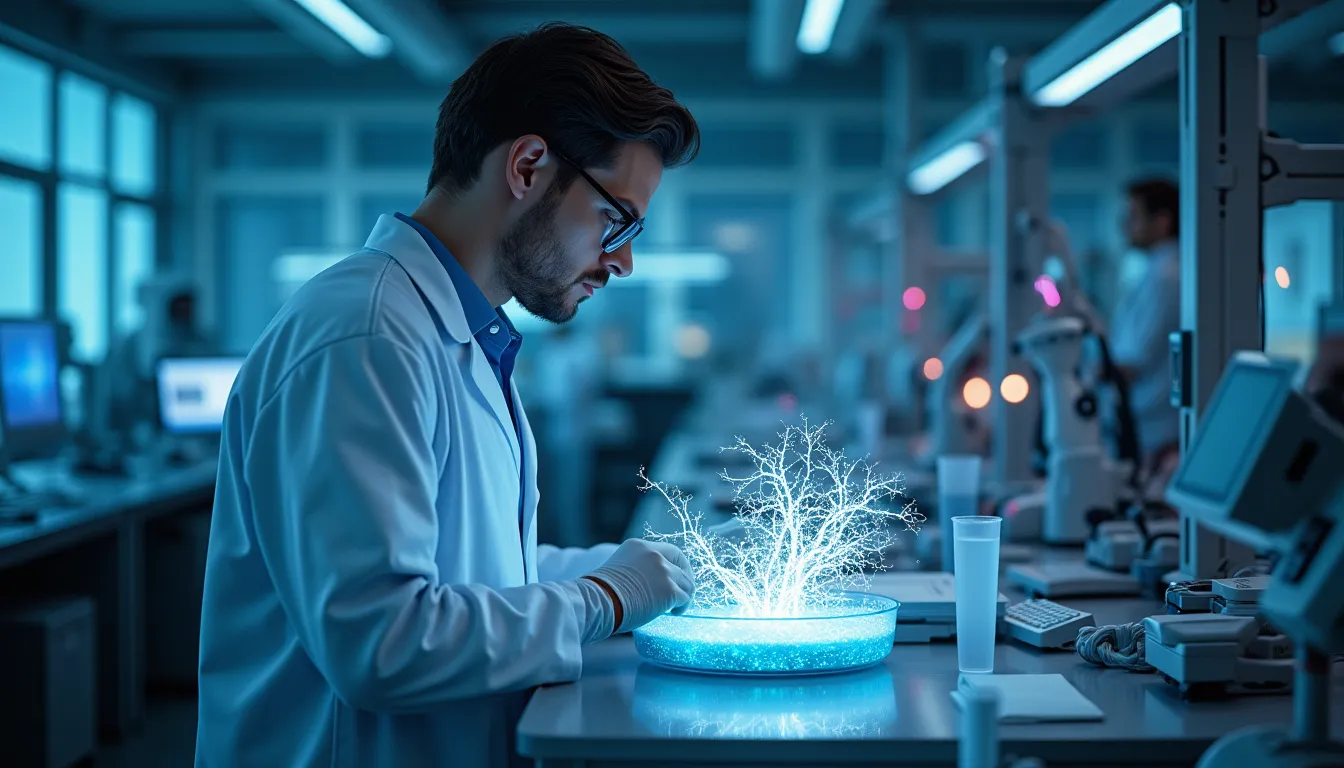Key Highlights
- Researchers are growing human neurons to create biocomputers, potentially rivaling artificial intelligence
- These biocomputers can process information and respond to electrical signals, similar to computers
- The technology has the potential to revolutionize the field of computing, offering a more power-efficient solution
The concept of wetware, or biocomputers, is not new, but recent advancements have brought it to the forefront of technological innovation. By growing human neurons in a lab, researchers aim to create functional systems that can process information and respond to electrical signals. This move reflects broader industry trends towards more efficient and sustainable computing solutions. As computer scientists continue to push the boundaries of what is possible with traditional computing, the potential of biocomputers to offer a more power-efficient alternative is becoming increasingly appealing.
The Science Behind Biocomputing
The process of creating biocomputers involves growing human neurons in a lab and nurturing them into functional networks. These networks can be used to process information and respond to electrical signals, similar to traditional computers. Researchers use induced pluripotent stem (iPS) cells, which can be reprogrammed to become almost any type of cell, to create communities of brain cells. These cells are then cultured and nurtured with nutrients and growth factors to create functional networks. The most common approach to biocomputing involves culturing neurons as 3D clusters called organoids, which can be used to process information and respond to electrical signals.
Applications and Implications
The potential applications of biocomputers are vast, ranging from simple processing tasks to complex decision-making. Researchers are already using biocomputers to study how brains work and to develop new treatments for neurological disorders. Some companies, such as FinalSpark, are offering online access to biocomputers, allowing researchers to rent time on the systems and conduct their own experiments. The technology is still in its early stages, but the potential for biocomputers to revolutionize the field of computing is significant. As Benjamin Ward-Cherrier, a robotics researcher at the University of Bristol, notes, “Trying to understand biological intelligence is a very interesting scientific problem… And looking at it from the bottom up — with simple small versions of our brain and building those up — I think is a better way of doing it than top down.”
Conclusion and Future Directions
As researchers continue to push the boundaries of what is possible with biocomputers, the potential for this technology to revolutionize the field of computing is becoming increasingly clear. With its potential for power efficiency and sustainability, biocomputing is an exciting and rapidly evolving field that is worth watching. As Madeline Lancaster, a developmental biologist at the University of Cambridge, notes, “I’m nervous that, if this kind of work gets a lot of attention and is overstated, that the reaction won’t just be, ‘We need to think about this work a little more carefully’. It will be, ‘We need to stop this work entirely.’” Despite these concerns, the potential of biocomputers to offer a new paradigm for computing is undeniable.
